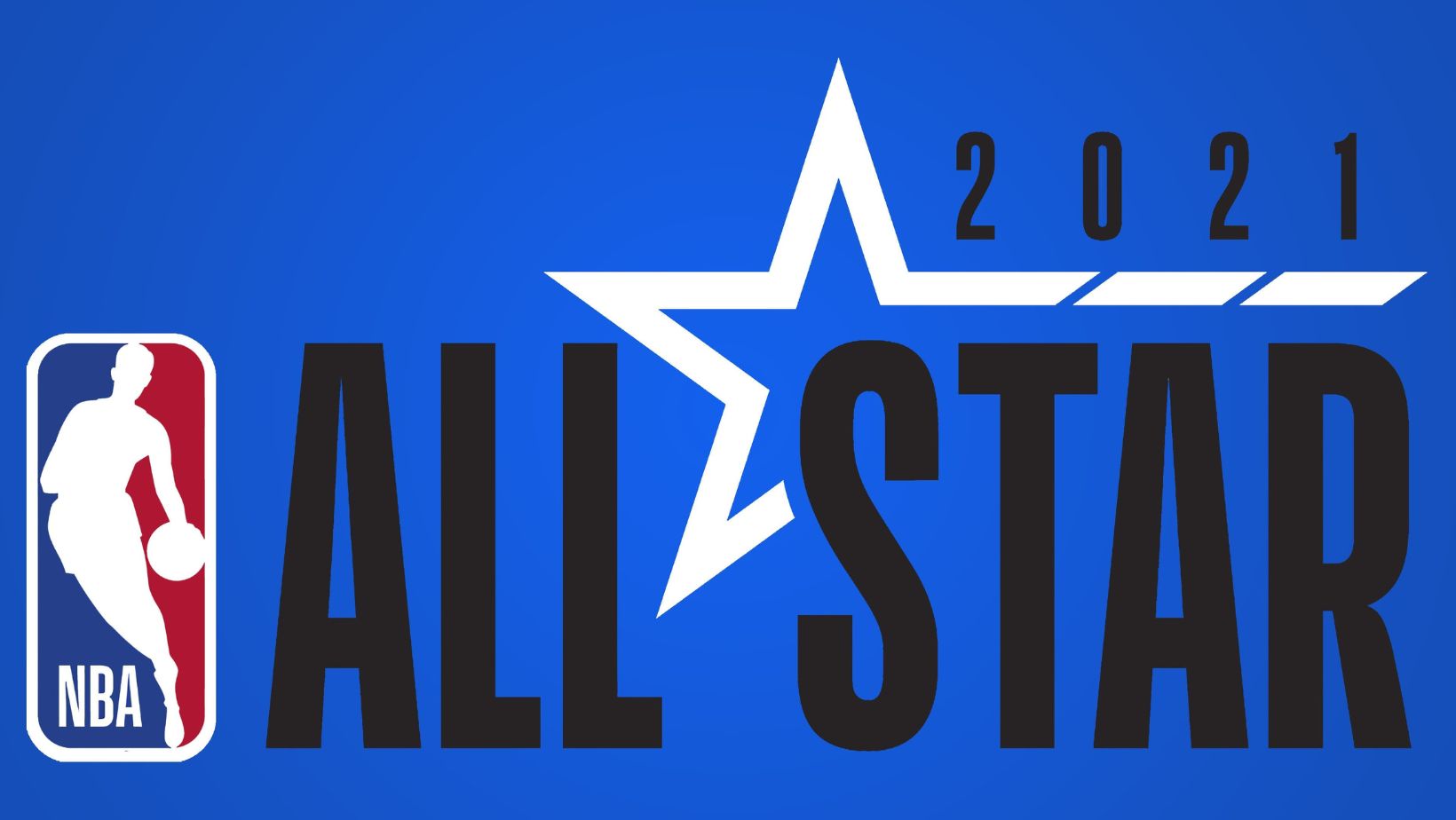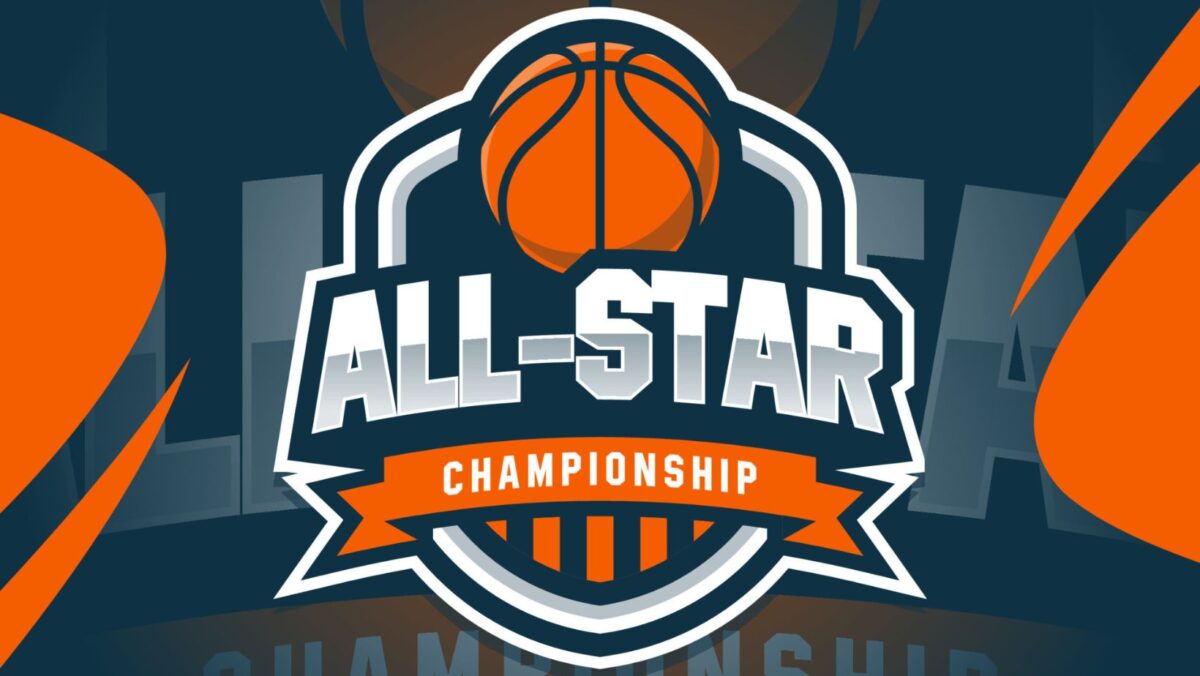All Star Game Logo
When it comes to the All-Star Game, one element that often generates excitement and anticipation is the game logo. The logo serves as a visual representation of the event, capturing its essence and creating a sense of unity among fans and participants alike. Whether it’s showcasing the host city’s iconic landmarks or incorporating elements from the sport itself, the All-Star Game logo plays a crucial role in building enthusiasm for this prestigious event.
The design of an All-Star Game logo requires careful consideration to ensure it embodies the spirit of both the sport and the host city. It should be eye-catching, memorable, and instantly recognizable. From vibrant colors to dynamic typography, every aspect is meticulously crafted to convey energy and excitement. As fans eagerly anticipate each year’s logo reveal, they know that behind its creation lies a team of talented designers dedicated to capturing the essence of this celebrated event.
In addition to being visually appealing, an All-Star Game logo also serves another important purpose – branding. The logo becomes synonymous with not only that particular year’s game but also with all past editions of this storied event. It creates a sense of tradition and nostalgia while still offering something fresh and innovative each time.
The Evolution of All Star Game Logos
The Early Years: All Star Game Logos from 1933-1950
The All Star Game, a cherished tradition in the world of sports, has not only showcased the talents of the best players but has also witnessed a remarkable evolution in its logos over time. In its early years from 1933 to 1950, the All Star Game logos reflected a simpler and more traditional aesthetic.
During this period, the logos predominantly featured basic typography with minimalistic graphics. They often incorporated bold lettering in vibrant colors, emphasizing the event’s significance and capturing the attention of fans. These classic designs were straightforward yet effective in conveying the essence of the game.
A New Era: All Star Game Logos of the 1960s and 1970s
As we entered into a new era with advancements in design and technology, so too did the All Star Game logos undergo a transformation. In the 1960s and 1970s, these logos embraced a more dynamic and visually appealing style.
The use of bold lines, abstract shapes, and innovative color schemes became prominent features during this period. These designs aimed to reflect the energy and excitement surrounding this celebrated event while embracing contemporary artistic trends. This shift marked an important milestone where creativity took center stage in representing the spirit of competition.
Modern Designs: All Star Game Logos of the 21st Century
In recent years, we have witnessed a further evolution in All Star Game logo designs as they adapt to our modern digital age. With advancements in graphic design software and techniques, these logos now showcase complex illustrations with intricate details that captivate both casual viewers and dedicated fans.
The incorporation of advanced shading techniques, three-dimensional effects, and vibrant gradients add depth and dimensionality to these modern designs. Additionally, many logos now incorporate elements specific to their host cities or highlight iconic landmarks associated with each year’s event. These contemporary designs not only represent the All Star Game but also serve as a visual celebration of the host city and its unique culture.

Meaning and Significance Behind the All-Star Game Logo
Let’s explore the meaning behind this iconic logo that represents the pinnacle of sporting excellence.
- Unity and Collaboration: The All-Star Game logo embodies the spirit of unity, bringing together the best players from different teams to compete as one cohesive unit.
- Celebration of Achievement: The All-Star Game is a celebration of individual talent and skill. The logo reflects this by incorporating elements that represent achievement, such as stars or laurel wreaths.
- Showcasing Host City Culture: Each year, the All-Star Game takes place in a different city, adding an exciting element to the event. The logo often incorporates elements representative of the host city’s culture, landmarks, or local traditions.
- Tradition and Legacy: Over time, certain elements within the All-Star Game logo have become iconic themselves – such as specific color schemes or typography styles – creating a sense of tradition and continuity for fans worldwide.
- Marketability and Branding: Alongside its symbolic significance, there is an inherent commercial aspect to any major sporting event logo design.
In conclusion, understanding the meaning behind the All-Star Game logo helps us appreciate its significance beyond mere aesthetics. It represents unity, celebrates achievement, showcases host city culture, reflects tradition and legacy, and serves as a marketing tool.

